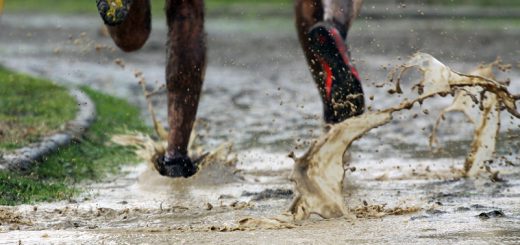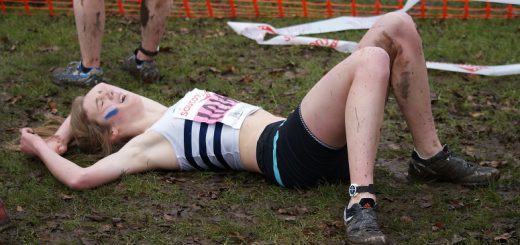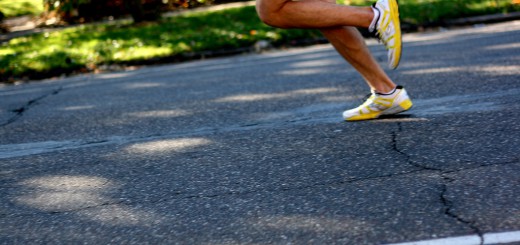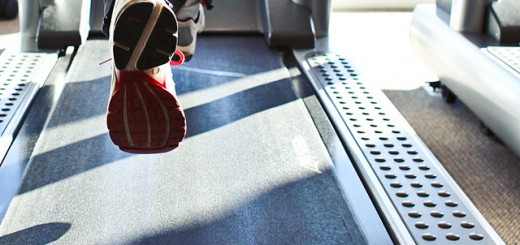Fartlek Training Sessions
Named after the Swedish for ‘Speed Play’, the fartlek training session is a less structured and largely more creative way to do speed interval training. They can faciliate great improvements in endurance and strength, as well as help improve your speed and race awareness. The beauty of fartlek training is that with the variations in recovery and intensity that these sessions can provide, they burn calories and increase your oxygen capacity training your body to recover faster making you fitter.
The origins of the ‘fartlek’ training as a training method date back to the 1930’s where it was formalised to provide a less structured approach to that of basic high intensity interval training. The more rigid and disciplined approach of speed interval training sees the athlete run for a predefined distance and rest for a predefined amount of time, for example, a 10 x 400 meters round a track with 1 minute recovery between laps is a sound speed interval training session.
The Fartlek training approach is a little different. It’s prescribes that the athlete runs for a given time (not distance) and has less structured recovery periods that may likely vary in length and speed. The terrain, duration and intensity of the Fartlek training session can be determined by the runner and this variability that it provides ensures that fartlek sessions are often enjoyable and add great value to a runners 5k training plan. Another big plus for fartlek training is that they can largely be carried out anywhere; a fartlek training session could be run along the beach maybe between various watch towers, or high up in the mountains between trees , or even in Milton Keynes between roundabouts.
There is always a way when it comes to a fartlek.
Benefits of Fartlek Training
Fartlek training is all about increasing your speed over a sustained period of running by increasing your lactic threshold. This threshold is the point at which the body starts producing significant levels of lactic acid due to your anaerobic efforts.
Production of lactate acid is a key defence mechanism for the body; it prevents permanent damage during extreme exercise by slowing the key systems needed to maintain muscle contraction.
Training your body to run more efficiently at a certain heart rate can prolong the point at which this lactic acid is produced and train your body to cope with it when it is produced.
To perform to your potential, you will be looking to run at a level close to, but not over, your lactic threshold. Much below and you’ll be left feeling you could have given more. And above, you’ll be fighting jelly legs and have nothing left in the tank.
Double Bubble
Without blinding you with science, lactate acid, when it is formed, produces something called Lactate which is an energy source which can be used by the body in the slower periods of running. In other words, any lactate that your body produces (via lactic acid production), following a brutal fartlek training session, can be re-used by your body as stored energy on your longer, slower runs. Train hard to train harder; it’s a win win.
Fartlek Training Examples
The following are example fartlek training sessions, which can be beneficial for a variety of distances and range of athletes (remember to warm-up and down for ten minutes before and after the session):
Traffic Light Fartlek Training
Run 30 seconds hard – 90 seconds easy – 60 seconds moderate – 60 seconds easy – 90 seconds hard – 30 seconds easy. Repeat 4 times.
The Street Light/ Lamp Post Run
For those who don’t have a watch or just want to try something a bit wacky, try the lamp post run where you can mix it up running hard, moderately and slowly between sets of lamp-posts. Substitute lamp posts for trees if you live near a park.
Hero to Zero
From zero to five minutes, run at a comfortable, normal pace. At the five-minute mark, increase your speed for one minute. Drop back to your normal speed until you hit the 10 minute mark. Repeat your hero bursts on the 10, 15, 20, and 25 minute markers.
Watson Fartlek Training
Stride hard for 4 minutes with 1 minute jog recovery – repeat x 8
Saltin Fartlek Training
Stride hard for 3 minutes with 1 minute jog run recovery. Repeat x 6
Astrand Fartlek Training
Max effort for 75 seconds, 150 secs jog run, max effort for 60 seconds, 120 seconds jog run. Repeat x 3
Gerschler Fartlek Training
Stride hard for 30 seconds, jog 90 seconds. repeat with 15 second decreases in recovery jog e.g. 30-90, 30-75, 30-60, 30-45, 30-30, 30-15 and 30-15-30. Repeat x 3
Hill Fartlek Training
Select a 2 mile hilly course. Run hard up all hills twice before moving to the next hill, jog run between hills. Repeat x 3
10 minute warm down jog
Do not select hills which are too long in duration or too steep
Fartlek sessions are best suited to athletes looking to develop their own fitness, rather than a new runner embarking on their new running career. Fartlek training sessions are great for relieving the monotony of interval training on a track or treadmill and can really help to dampen down the mental fatigue which can flame from prolonged periods of more structured interval training.











The fartlek session on the 5k plans has no overall time or distance for the run?
Same with hills?
Hi , currently serving in army. Want to decrease my 2mile time and also become more efficient at long steady runs.
Hi,
For the GERSCHLER FARTLEK it says 30-15-30 as the last effort which I assume is run hard 30, 15 second job, run hard 30 then it says REPEAT times 3.
How long a break between Sets?
Hi, I recommend a two or three minute recovery here between sets, depending on your current level of fitness. Cheers.
Thanks Matt. I did 2 minutes earlier only to return and see you said that. Cheers 🙂
I’ll be doing the ‘The Street Light/ Lamp Post Run’ tonight; depending on the spacing I may sprint the distance of two posts and then briskly walk the distance of one.
What is exactly stride hard if for example I follow sub 20 mins. plan?
Hi Magnus, a ‘stride’ usually just means a short run, say 50m, at your race pace.
Hi Matt, the traffic light session says “3 seconds min easy” – is that 30secs or 3mins?
Hi Toby, yes that was a typo; should be 30 seconds easy. Cheers.